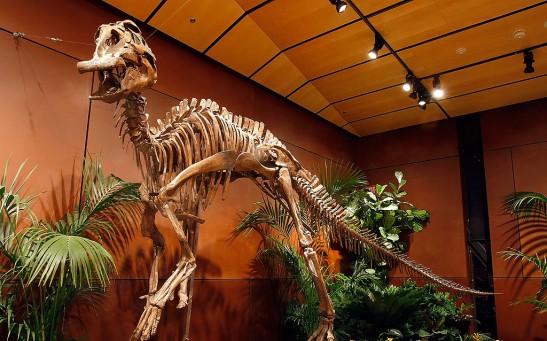dinosaurs

Experts Found These Tiny, Bat-Winged Dinosaurs; Guess Where These Clumsy Fliers Originated
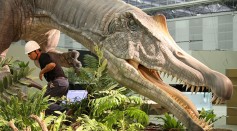
Newly Discovered Fossils Support Theory Claiming Spinosaurus Led Aquatic Life
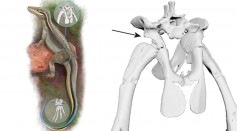
Scientists Look Into How Crocodiles & Birds Became Separate Species

Preserved Dinosaur Remains Discovered in Korea
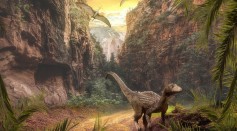
New Evidence Shows Asteroid Killed Dinosaurs

Dinosaur Fossil Found in Australia
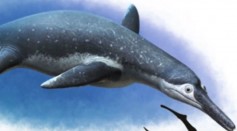
Fossil Of 130-Million-Year Old Giant Prehistoric Sea Predator Pliosaur Unearthed In Russia
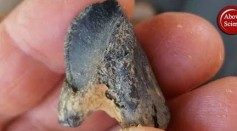
Scientists Found Rare Tooth Of Horned Dinosaur Hinted To Tell Another Version of Earth's History

T-Rex Powerful Jaws Could Make Bones of Is Prey to Explode With 8,000 Pounds Crushing Power

New Analysis Finds the Fossils In France To Be The Earliest Relative Of Brachiosaurs

250-million-year-old Mysterious Reptile Identified By It's Footprint Fossils From The Pyrenees Mountains
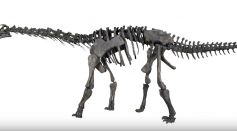
A New Dinosaur Called Moabosaurus Utahensis Discovered By BYU Professors

'Teleocrater' The Dinosaurs Ancesstor Was A Freaky Crocodile Like Creature

New Studies Claim That Baby Maiasaura Dinosaurs Faced Inevitable Death Upon Birth
Most Popular

How Technology Is Changing the Real Estate Industry?

AI Revolution in Medical Education: Transforming How Healthcare Professionals Learn

Nikolay Karpenko Biography, Photo, Career, Accomplishments

Zombie Star Set to Light Up Night Sky: Blaze Star Could Erupt Soon

